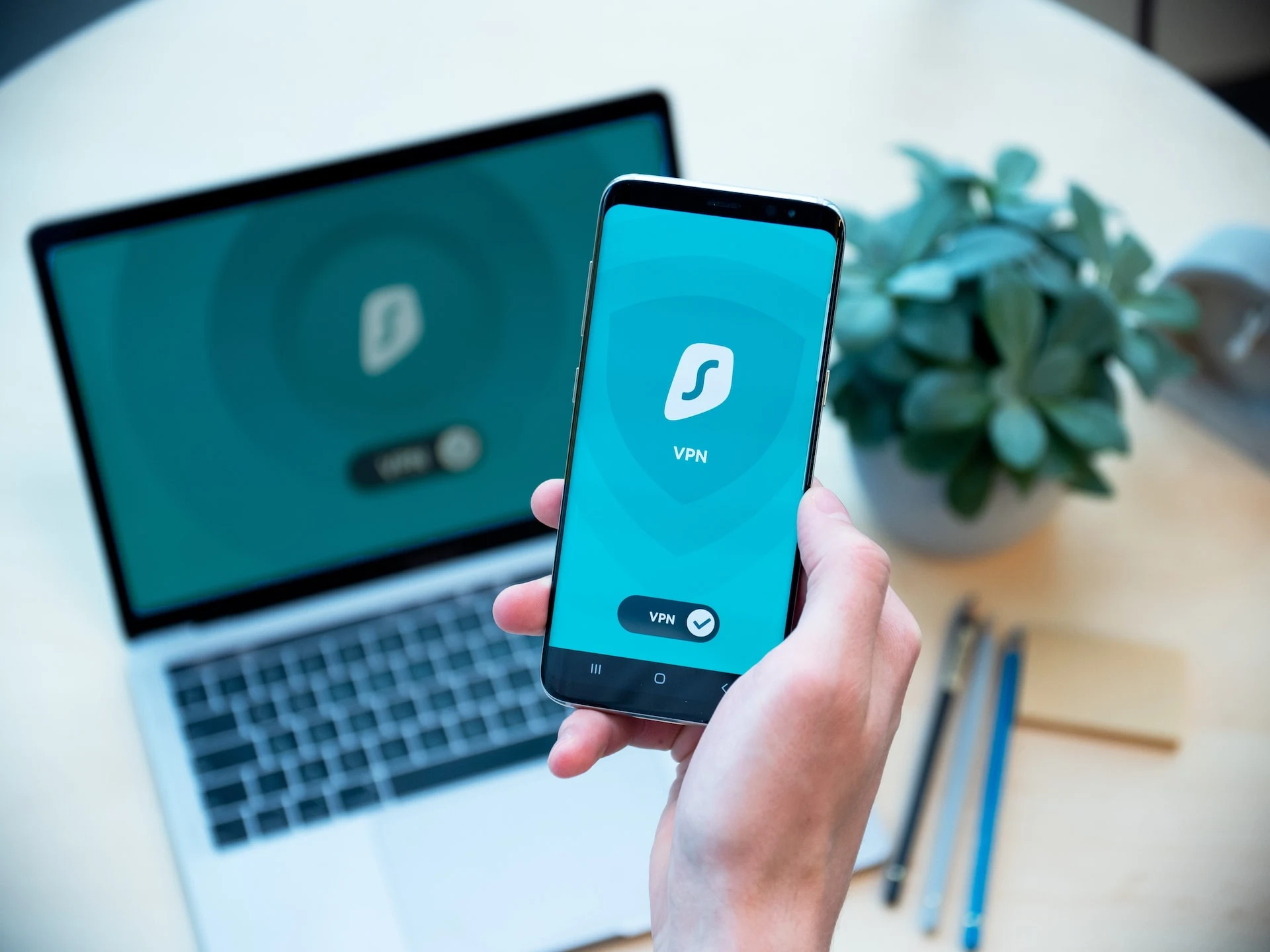How to Set Up a VPN for Blogging: A Step-by-Step Guide
Some people may find the word Virtual Private Network (VPN) scary. Actually, using them isn't all that different from using other application-based services. This VPN setup tutorial will show you how to get started once you've signed up for a service.
Although most VPNs will have their own distinctive features, all service providers are identical at their core. The idea is that you use your device to connect to a VPN server and log in using the credentials provided to you.
Why Would I Want a VPN?
You need to protect your blog from hackers, malware, and other cyber-criminal activity on the internet. A Virtual Private Network (VPN), e.g. Go VPN is a good security program and basic blog security habits, are how you do that.
While a VPN doesn’t connect directly to your blog, it will protect any device or computer you blog from, making sure that your data isn’t stolen or passwords intercepted on a risky public network. What it will do is connect your device to a secure offsite server that will handle your requests for you and send you any data you need. To your eye, nothing is really different, but your data will be protected by an encrypted connection and your IP address will be masked.
This means you can safely use public networks often prowled by hackers with equipment to intercept the signal and get direct access to your blog’s username and password as you send it over the internet. Once they get this, then they can take over your blog and use it or sell it as they see fit. Even if you get it back, your relationship with your readers will be damaged, so you need this protection ahead of time unless you never want to blog in public safely again.
If you travel a great deal, then you would especially want a VPN; will help you get around regional restrictions and government censorship to research whatever content you need to and access any service you pay for regardless of location. You might even save some money on plane tickets; although your real focus should be on the security it provides.
Picking One Out
Once you’ve decided you want a VPN to better protect your blog from hackers and outside threats, you need to figure out which one you want; there are many different options for you to choose from. There are even some services and applications that advertise themselves as VPNs but are in reality scams or frauds, so you need to do your research before jumping in.
When researching, you will want to first know what you are using it for the most. It is to protect your blog, but what kind of blog is it? A travel blogger might want a VPN better suited for smartphones or getting around government censorship. A blogger dealing with sensitive subjects and data might want every ounce of security they can get. To get a market overview, you will want to read some reviews of some of the more popular names. You can also use the USA elite proxy.

There are some other things you will want to look for. The first is how many servers are available for you to use and in how many countries they are. This will affect your ability to get around regional restrictions and if there are any slowdown times. To determine if a VPN will slow down your system, read what other people say about it online.
The other major factor is how seriously the VPN provider takes your security and your privacy. If you get even the slightest inkling that a provider is giving others user information, then you need to turn around, run away, and never look back. The same applies if you ever feel as if the provider doesn’t care about keeping its security up to date.
As a general rule, don’t go for free VPNs if you want to seriously protect your blog. They are for the most part problematic, and they are unreliable. The (still low) cost of a VPN each month will more than make up for its worth in problems that never occur because of it.
How to Set Up a VPN?
Compared to many tools you might use, setting up a VPN to protect your blog will barely involve interacting with your blog setting up a VPN to protect your blog will barely involve interacting with your blog at. Instead, you will likely be working with an application on your computer or the device, or otherwise using a login screen of some sort.
Once you get to the login screen, you will find that it won’t be all that different from any online accounts you use. After you’ve inserted your username and password, you’ll be prompted to pick a server or server country. Once this is done, you’re all set and can start browsing the internet as you wish.
Alternatively, you might simply connect via an option in your smartphone or computer settings, where there will be a VPN tab or box for you to select. From here you will be able to input the VPN details, and you will be all set from there and can start browsing the internet as if nothing has changed.
Yet I would like to note that there are many VPNs available, and few of them act exactly the same. The details given here are generalizations and might not reflect what you actually go through. Whatever process you do go through, however, will be a pretty easy habit and will become second nature to you after you do it a few times. If you do experience problems, there are almost always resources you can consult, and the internet will have a helpful community that will be glad to help.


8 comments